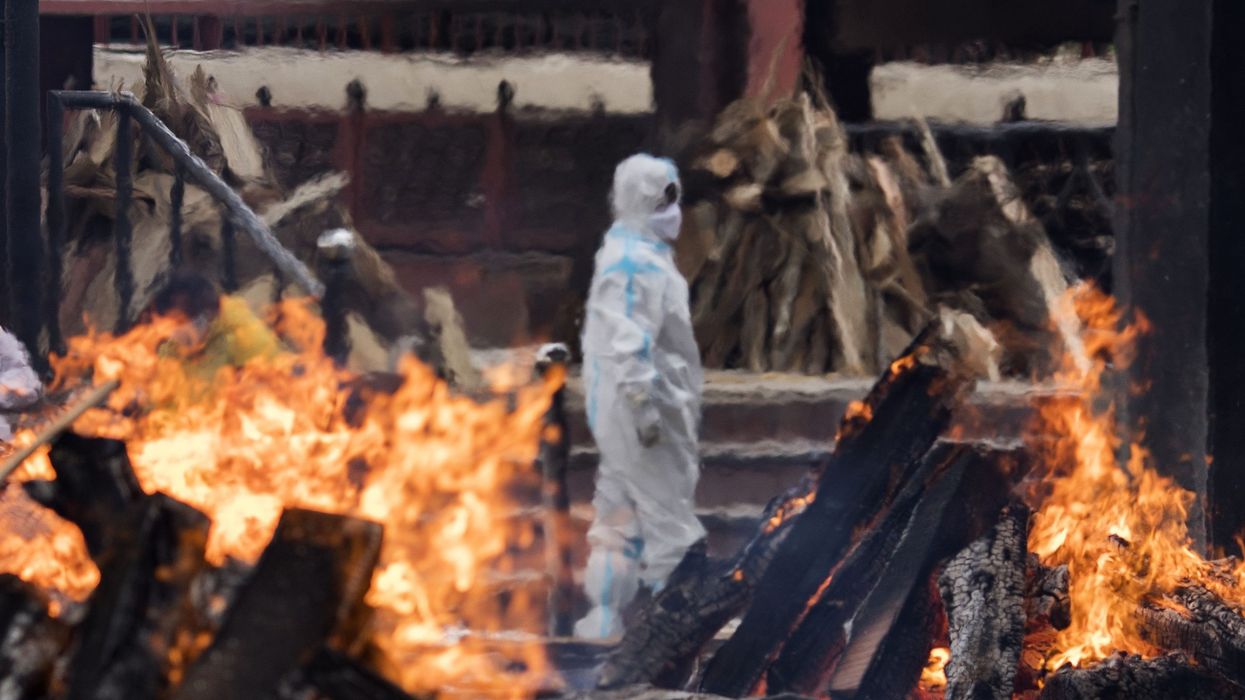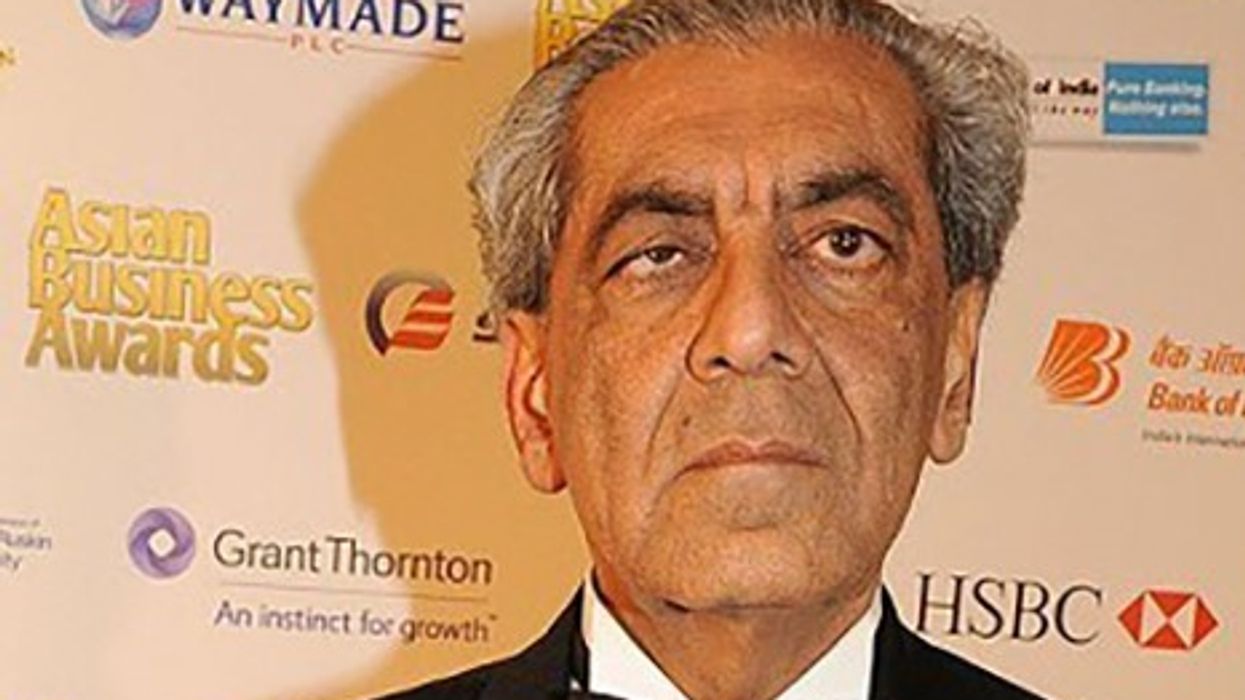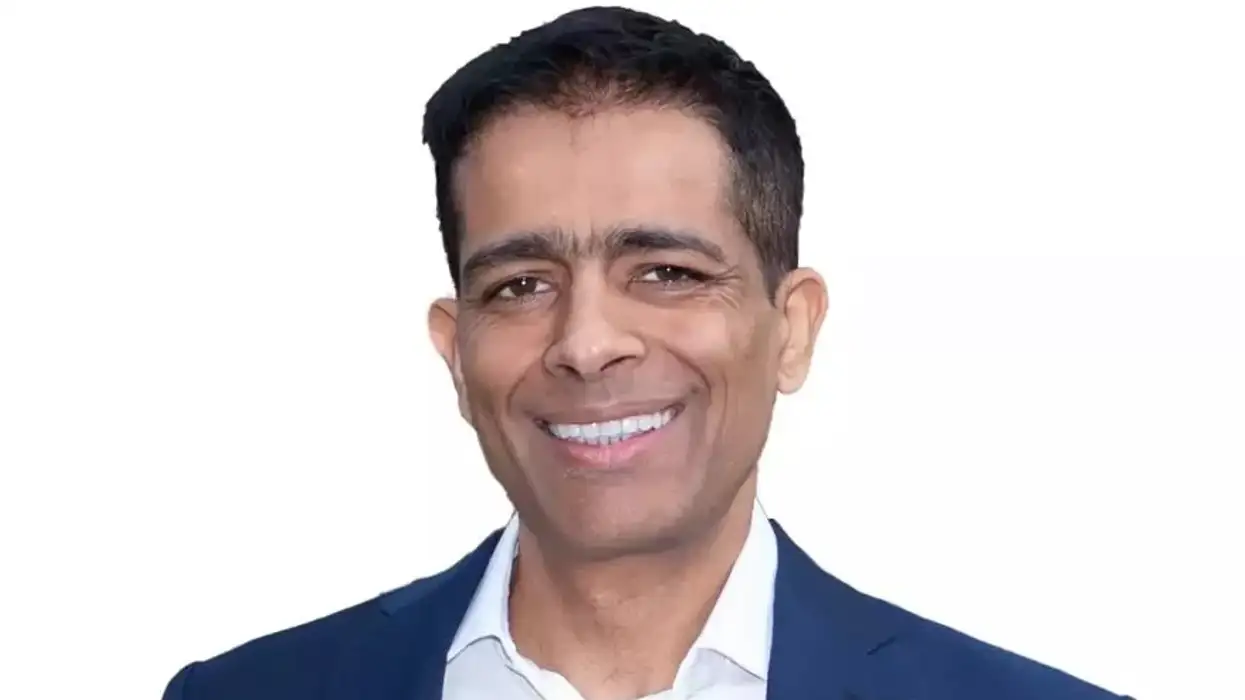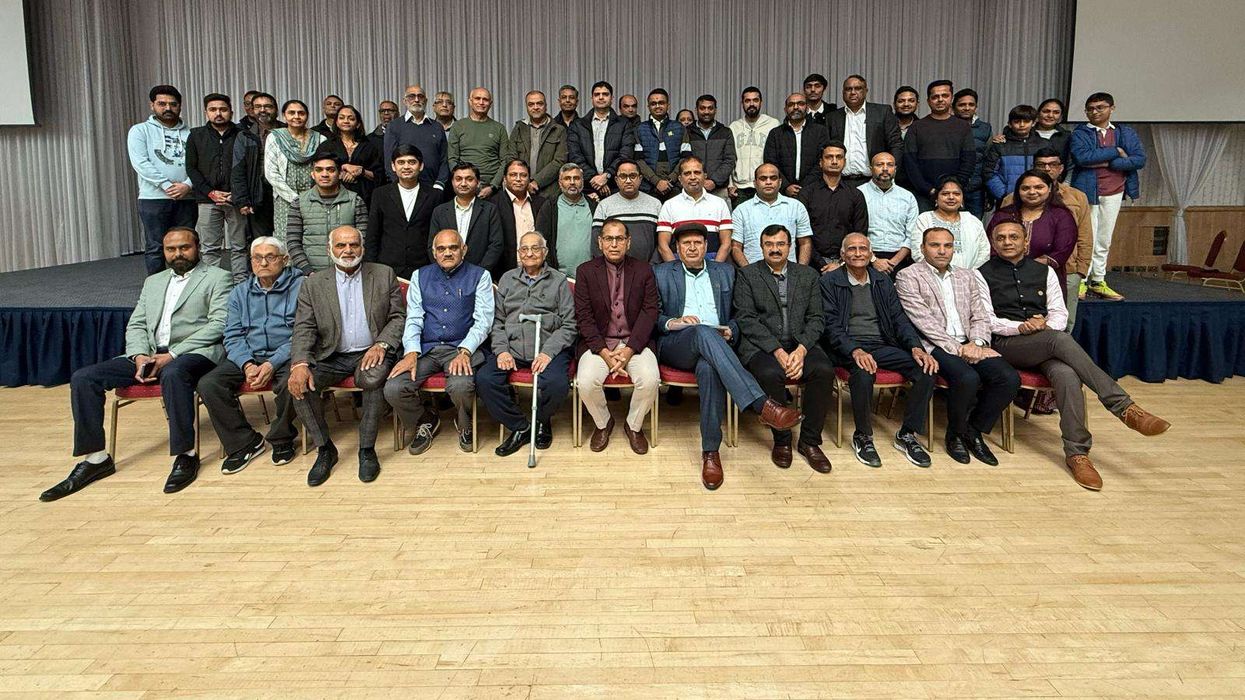A summer storm is buffeting New Delhi as Mohammed Shamim wearily pauses to glance at yet another ambulance arriving with a coronavirus victim to bury, just minutes after the last.
The gravedigger's grim workload, like those of others around India, has grown dramatically in the past few weeks in a brutal second wave that has caught authorities badly off guard.
When AFP visited the Jadid Qabristan Ahle cemetery in the Indian capital -- which is now in a week-long lockdown -- on Friday, 11 bodies arrived within three hours.
By sunset, 20 bodies were in the ground. This compares to some days in December and January, when his earthmoving machine stayed idle and when many thought the pandemic was over.
"Now, it looks like the virus has legs," Shamim, 38, a gravedigger like his father and grandfather, told AFP.
"At this rate, I will run out of space in three or four days."
Around the graveyard, white body bags or coffins made out of cheap wood are carried around by people in blue or yellow protective suits and lowered into graves.
Small groups of men, some in Islamic skullcaps, look solemnly at the ground as the imam, struggling to be heard as dust laced with rain swirls around, recites final prayers.
Sobbing women watch from their closed car windows next to the flashing lights of an ambulance as a yellow digger fills up the graves with the dry brown and grey soil.
"Two days ago someone came to me and said he needs to start preparing for his mother because doctors had given up on her," Shamim said.
"It's unreal. I never thought I'd see the day where I'd have a request for starting the funeral formalities of a living person."
- Melting iron -
Officially, almost 180,000 Indians have died from coronavirus, 15,000 of them this month, although some believe the real number may be higher.
Social media and newspaper reports have been flooded with horrifying images of row upon row of burning pyres and crematoriums unable to cope.
In Ghaziabad outside Delhi, television pictures showed bodies wrapped in shrouds lined up on biers on the pavement with weeping relatives waiting for their slot.
In the western state of Gujarat, many crematoriums in Surat, Rajkot, Jamnagar and Ahmedabad are operating around the clock with three to four times more bodies than normal.
The chimney of one electric furnace in Ahmedabad cracked and collapsed after being in constant use for up to 20 hours every day for the past two weeks.
The iron frames inside another in the industrial diamond hub of Surat melted because there was no time to let the furnaces cool.
"Until last month we were cremating 20-odd bodies per day... But since the beginning of April we have been handling over 80 bodies every day," said a local official at the Ramnath Ghela Crematorium in the city.
With waiting times of up to eight hours, Rajkot has set up a dedicated 24/7 control room to manage the flow in the city's four crematoriums.
- Bring your own wood -
At two crematoriums in Lucknow in the north, relatives are being given numbered tokens and made to wait for up to 12 hours. One has started burning bodies in an adjacent park, an official told AFP.
Rohit Singh, whose father died from Covid-19, said crematorium officials were charging around 7,000 rupees ($100) -- almost 20 times the normal rate.
Some crematoriums in Lucknow ran out of wood and asked people to bring it themselves. Viral photos on social media showed electric rickshaws laden down with logs.
The ultimate place for Hindus to be cremated is Varanasi, the ancient city where since time immemorial bodies have been burned on the banks of the river Ganges.
Belbhadra, who works at one of the famous ghats there, told AFP that they were cremating at least 200 suspected coronavirus victims per day.
The usual time to get to the ghat -- a riverside embankment for cremations -- from the main road via narrow lanes was usually three or four minutes, a resident said.
"Now it takes around 20 minutes. that's how crowded the lanes are with people waiting to cremate the dead," he said.






 Prior planning for most needed thingsiStock
Prior planning for most needed thingsiStock Don't be afraid to ask for money instead of gifts for your big dayiStock
Don't be afraid to ask for money instead of gifts for your big dayiStock Don’t forget to enjoy the big dayiStock
Don’t forget to enjoy the big dayiStock






